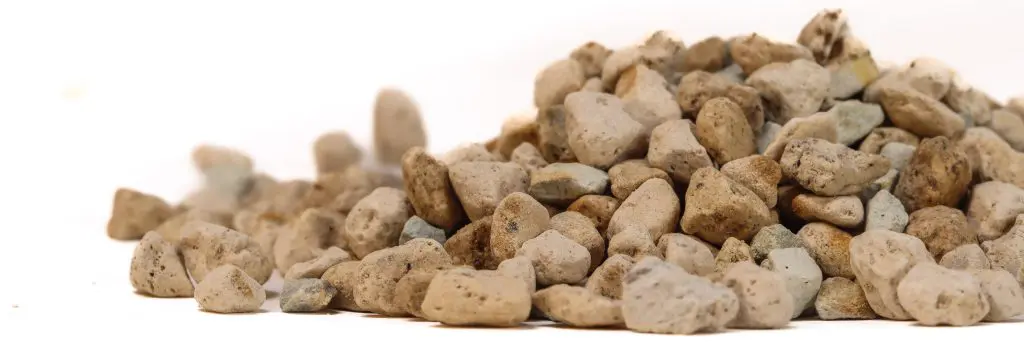Aglaonemas are native to the Philippines, parts of tropical Asia and Africa. There are many species and varieties used as ornamental plants and they all share the same compact habit with highly variegated leaves.
Aglaonema “Silver Queen” is a hybrid of two species and has been awarded the RHS Award of Garden Merit.
Aglaonemas grow wild in Southesast Asia and the Philippines, although the hybrid that led to “Silver Queen” – a cross of Aglaonema nitidum “Curtisii” and Aglaonema pictum “Tricolor” occurred in a nursery in Florida
Did you know?
Aglaonema ‘Silver Queen’ is toxic to pets and children if ingested. It contains calcium oxalate crystals that can cause mouth irritation, drooling, and stomach upset.
caring for your plant

Light
Medium-low to medium-high (but can tolerate lower light levels if not over watered)

Watering
Keep the soil moist, but not wet, and avoid very cold water, which can be very damaging to the roots (allow to warm to room temperature of possible). Mist the leaves with tepid water to keep them looking fresh and to reduce the risk of two-spotted spider mite, or the leaf tips going brown and crispy.

Pruning
Little pruning required, but mature plants tend to form stalks, which can be cut back to encourage new growth from the base. The small and rather dull looking flowers should be removed as they use valuable resources and, as this is a hybrid, are sterile.

Feeding
A little dilute fertilizer in the water at every watering will be beneficial.

pest & diseases
Warm dry conditions may encourage two-spotted spider mite, so mist the foliage or keep the plant in a more humid environment (bathrooms are good). Mealybugs are an occasional problem, and they should be removed by cleaning the plant with a damp cloth or paper towel.
Where the AGLAONEMA COMMUTATUMN originates from

This species is native to the Philippines and northeastern Sulawesi, and has been introduced to other tropical locales.
Our plants are grown in Ecoponic, an alternative to soil. Officially known as a vulkaponic substrate, it replaces traditional compost with a clean, mineral-based medium that helps protect peatlands.
According to the IUCN UK Peatland Programme, “A loss of only 5% of UK peatland carbon would be equal to the UK’s annual greenhouse gas emissions.” As well as storing carbon, the natural wetlands where peat is found are critical to the survival of plants and wildlife. Ecoponic also improves plant health and uses water more efficiently.
Find out more about Ecoponic here.


Buy one of my cousins from the nursery
Did you know?
Plantopedia is brought to you as part of our Engage & Bloom workplace experience program.
explore more
Why not continue your journey through the plant world. Explore more plants, their stories, habitats and the benefits they bring to spaces.


































